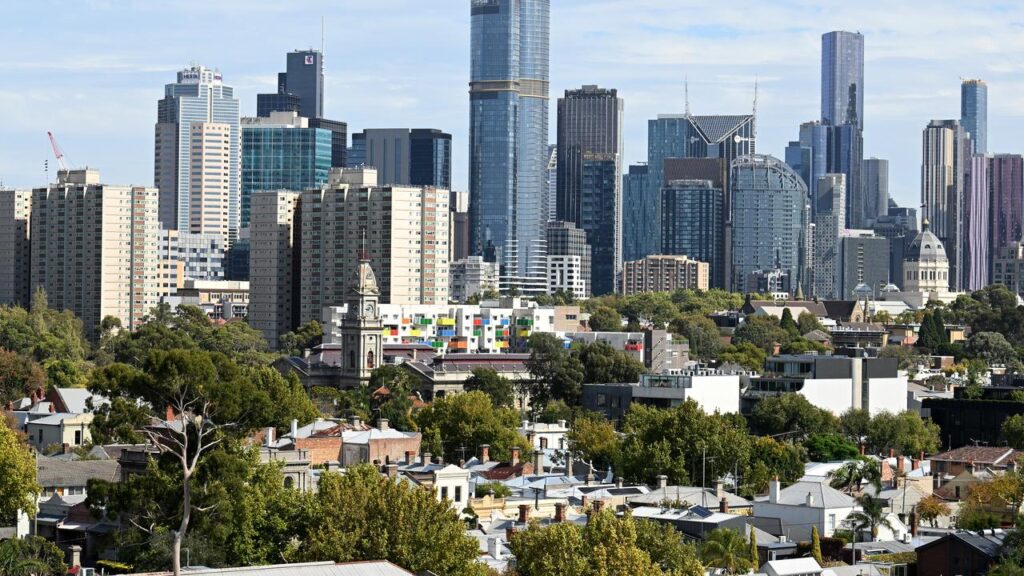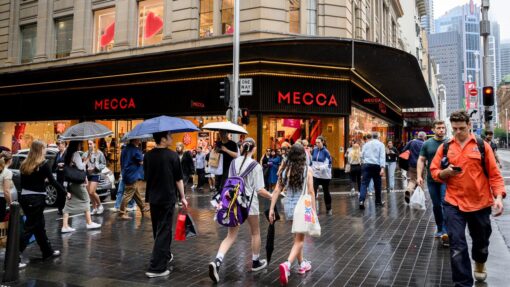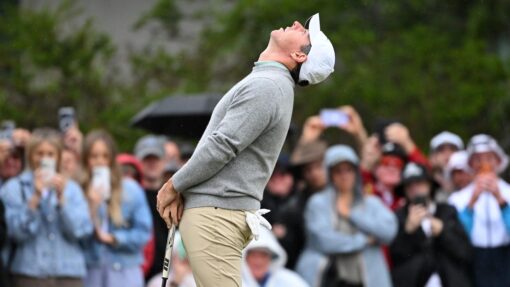Problem child no more: surprise rise in state rankings
Jacob Shteyman |

Oft-derided as an economic basket case whose government had driven the state’s budget into a black hole, things are looking up for Victoria.
Australia’s second-most populous province is the biggest surprise in CommSec’s latest State of the States report released on Monday, jumping from fourth to second spot, while Western Australia remains the best performer.
Solid retail spending and inbound overseas migration propelled Victoria above South Australia and Queensland, as the pace of home price rises slowed in those states following a strong post-pandemic upswing, said CommSec chief economist Ryan Felsman.
“Overall, the economic performance of Australia’s states and territories is being supported by a strong job market, robust government spending and solid population growth at a time of higher cost-of-living pressures,” he said.

The report attempts to determine which state is Australia’s economic leader, based on eight key indicators: economic growth; retail spending; equipment investment; unemployment; construction work done; population growth; housing finance; and dwelling commencements.
Some states, such as WA and Queensland, have natural resource advantages over the others, while smaller jurisdictions, such as Tasmania and the Northern Territory, have naturally lower economic capacity due to their size.
The report therefore attempts to determine how each state economy is performing relative to its long-term average.
WA remained at the top of the pile for the third straight quarter.
Australia’s largest state in geographical terms continued to lead the league in retail spending, relative unemployment, relative population growth, housing finance and dwelling starts.
NSW, up from sixth to equal fifth alongside Tasmania, was the top performer for economic growth, while the Apple Isle took the advantage on equipment investment.

Victoria held its position on top of the construction work completed metric, but was bottom of the table on relative unemployment.
The report doesn’t account for Victoria’s nation-leading government debt nor that its per capita household disposable income (the best measure of material living standards) in 2023/24 was only better than South Australia’s.
But neither does it factor in the state’s relatively affordable housing supply.
At $781,318, the median dwelling price in Melbourne is lower than every other capital other than Hobart and Darwin, according to CoreLogic.
Overseas headwinds from Donald Trump’s trade war and the upcoming federal election will have a significant bearing on the states’ performance in coming months, Mr Felsman said.
“Looking ahead, an expected reduction in interest rates could boost economic sentiment in the mortgage-sensitive states of NSW and Victoria,” he said.
“The interplay between interest rate cuts, federal election outcomes, and global trade dynamics will be crucial in shaping the economic outlook.”
STATE OF THE STATES RANKINGS
1st: Western Australia, unchanged
2nd: Victoria, up from fourth
3rd: Queensland, down from equal second
4th: South Australia, down from equal second
=5th: New South Wales, up from sixth
=5th: Tasmania, unchanged
7th: ACT, unchanged
8th: Northern Territory, unchanged
* All changes compared to CommSec January quarter report
AAP


